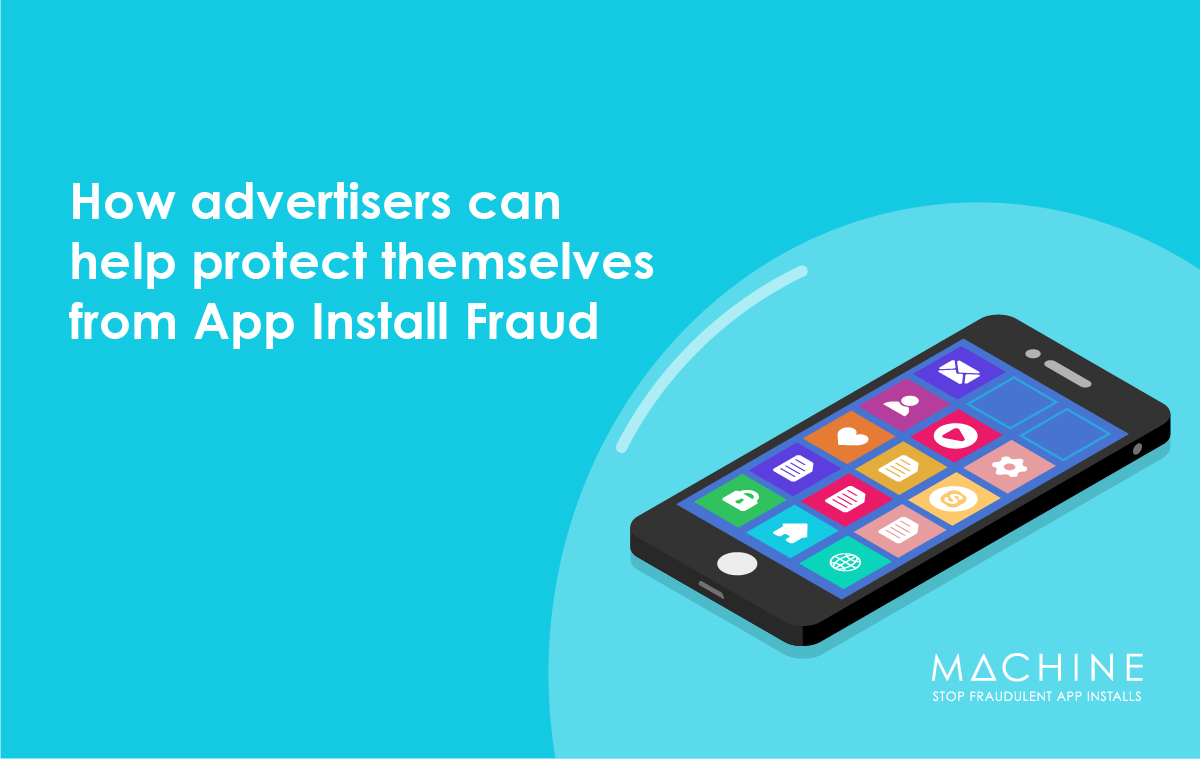Fraud is a complicated topic, and some of the industry accepted wisdom isn’t actually in the best interests of advertisers.
These can waste your time and energy, without putting much of a dent in your real fraud problem. So, whether you’re currently working with Machine or not, here are a few tips for how you can better beat app install fraud.
Consider an alternative to rebrokering bans

Rebrokering is a common scapegoat, and it’s certainly a contributing factor to fraud, but the truth of the matter is that it’s practically inevitable. Our industry is built on rebrokering, and that’s hard to change.
Rebrokering practices are very difficult to prove, and something almost every single supplier will do – even networks with their own inventory, if facing demand that exceeds supply.
Rebrokering rules are certainly worth enforcing, but a complete ban might not be the right approach if you want an honest and open dialogue with your suppliers. One solution could be to provide a blacklist of networks with whom your campaigns absolutely cannot run. This method does still entail a level of trust – even if you take a zero tolerance approach, it can be hard to catch suppliers if they do pass campaigns to blacklisted networks – but it’s a starting point.
Don’t limit yourself with publisher names

Another commonly-touted solution that doesn’t actually have much impact in terms of reducing app install fraud is publisher name transparency. This is because publisher names can be easily fabricated or simply not verified.
We frequently see one sub-publisher name or ID that cannot possibly represent the single application that it claims to, just from the sheer level of clicks it’s delivering in a given minute.
The likelihood is that most are actually an umbrella for multiple publishers or even a whole rebrokered source.
So it’s not clear how much visibility this approach actually offers. Given that demanding publisher names can limit your options – many CPI suppliers currently can’t or won’t offer this – isn’t it better to utilise more of the market, rather than relying on transparency methods which can be falsified?
Go beyond compliance rules
.jpg)
A popular approach taken by advertisers to catch fraudulent players is enforcing broad, publisher-based compliance rules across their campaigns. For example, if a publisher delivers a suspiciously low – or high – click-to-install rate, some or all of the installs they deliver will be disputed and the publisher blacklisted.
This may seem like a good idea on the surface, but in practice there’s no consistency in the thresholds used by different advertisers – and that’s just the first issue with this approach. Compliance rules can also be tricked, for example by providing a blend of fraudulent methods, and often group together genuine, valuable installs with fraudulent ones.
In our opinion, the best way to detect and prevent fraudulent app installs isn’t via these broad probabilistic rules, but to utilise a deterministic approach.
This means analysing every single click and install individually, picking out the fraudulent installs and leaving the genuine inventory that should be paid for and optimised against.
This isn’t just a better way of catching fraud, and thus saving marketing budgets, it also improves efficiency. By removing the hassle of broad and retrospective analysis, deterministic methods can save a matter of days each month, leaving you to get on with the important stuff.
Have the confidence to call networks’ bluff

Something we often hear from advertisers is that, when fraud is detected, they experience pushback from their suppliers. Ad networks offer various arguments as to why their inventory couldn’t be fraudulent – arguments that, when examined closely, don’t hold water.
Common arguments we hear from networks include claiming that suspicious click volumes are a technical error – 99% of the time, this isn’t the case – or that anything bought on a CPA (Cost Per Acquisition) or CPE (Cost Per Engagement) basis can’t possibly be fraudulent – which is simply not true. These kinds of answers aren’t acceptable, and
It’s vital that you have the confidence to tell networks. If you’re working with Machine, we’re here to fully back you in these disputes.
As well as our Helix platform, which supplies the granular data you need to prove, without doubt, that installs are fraudulent, we offer the DNA service, providing professional support for clients for every part of the process, including disputes.
At Machine, we can help you detect app install fraud, and make sure your UA budget is converting into real users' budget.




